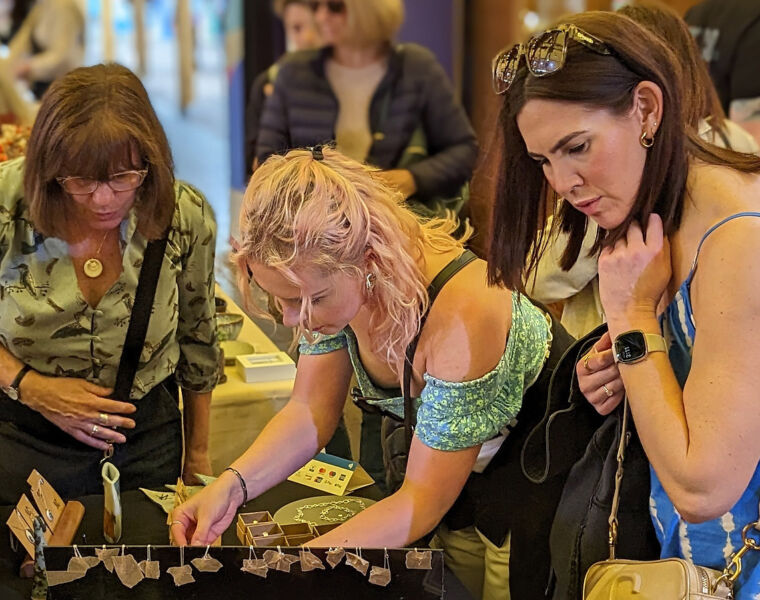Anja Niemi is one of the most exciting young European photographers. She was featured in Art Review’s Future Great issue as a ‘Bright Young Thing’, and by Art & Auction as ‘one to watch’.
Her new series of photographs Do Not Disturb, exhibited for the first time, continue the artist’s relationship with interiors, this time in hotel rooms. Anja Niemi was born in Norway in 1976, Niemi studied at London College of Printing and Parsons School of Design in Paris and New York. She has exhibited widely in both Europe and USA with her previous series ‘Portrait of the Invisible’ and ‘Porcelain’.
 Hotel rooms are impersonal and neutral by their very nature, designed to house visitors, not permanent residents. Any one person may not alter their interiors according to subjective taste; invisible staff will always put the room back in its original form when a guest leaves. A hotel room is always a paradox as it says to its guests: Do feel at home, but please don’t. For a limited time, however, one can lock the door, pretend to own the space and feel at home, albeit in a strange, indifferent place.
Hotel rooms are impersonal and neutral by their very nature, designed to house visitors, not permanent residents. Any one person may not alter their interiors according to subjective taste; invisible staff will always put the room back in its original form when a guest leaves. A hotel room is always a paradox as it says to its guests: Do feel at home, but please don’t. For a limited time, however, one can lock the door, pretend to own the space and feel at home, albeit in a strange, indifferent place.
“I merge myself into the interior of rooms,” Niemi has said in regard to some of her earlier works. In Do Not Disturb, her latest series of photographs, the artist’s relationships with interiors continues to evolve, this time in hotel rooms. To make these photographs, Niemi fled her safe and predictable existence as a Norwegian woman, mother of two, committed life partner and responsible citizen in one of the world’s safest countries, with a suitcase filled only with borrowed garments and her camera. At undisclosed locations she checked herself into carefully selected hotels and rooms, which through their very neutrality and lack of expectation could offer Niemi a refuge from the repetitiveness that is mundane life.
Unlike the spaces Niemi has focused on in earlier works, namely abandoned architecture awaiting demolition or ruin, or in her own words: “Houses and buildings with a past but no future,” these rooms are very much alive – the painting on the walls is crisp, the wallpapers are intact, chandeliers, paintings and furniture still in place. These are confident rooms from days past, ready to welcome, but also survive its visitors; they are blasé even, and a far cry from contemporary global, generic hotels with their drab interiors. Niemi puts a Do Not Disturb sign on the door, shuts the world out, opens her suitcase, extracts her camera and clothing, and transforms the rooms into cocoons, places of hibernation for her personae.
Understanding the fixed nature of hotel rooms Niemi seems to utilize both the resistance and the welcome present in the bold interiors. Indeed, in some of the photographs her characters seem to be fighting architecture itself, while in others the matching colours of clothing and interiors make Niemi seem to be in symbiosis with the rooms. In Room 408, a lady clad in black and red uses all her strength pushing herself against two walls, in Room 81 a female contorts and suspends her body between the bed and the wall. In other photographs resistance seems to be over, a luxurious blonde in a pink dress, and a black haired lady wearing a cocktail dress, both droop off a sofa, as if being exhausted, or fulfilled – or both.
Some characters seem to have lost the battle altogether, the lady in Room 21 might have moved on, the mirror hints at her disappearance. The most touching and fragile of the females lies defenceless on a dark floor, dressed in and surrounded by pink, as if the room is cradling her – or devouring her. In Room 39 a crossing between surrender and hope occurs as a woman floats lifelessly in a bathtub – but the light pouring in through the window lets us know that outside the room there is life in abundance. Niemi lets these characters, or as she herself describes them, unwanted aspects of her personality, materialize, so they can evolve and either survive or perish. The rooms are free floating spaces where she may confront powers that cannot be suppressed by secure mundane life – powers that should be explored and defused – not suppressed -before becoming explosive. The battle is continuous. She is potentially all of these women and at the same time – of course – none of them. Through her photographs she lets us see her in liminal states of becoming, moments so fragile that even a knock on the door might ruin them – so please – do not disturb.
Anja Niemi: Do Not Disturb from 27 March – 21 April 2012.
The Little Black Gallery,
13A Park Walk,
London
SW10 0AJ
Tel: 020-7349 9332.
Opening hours: Monday-Friday 11am-6pm, Saturday 11am-4pm





You must be logged in to post a comment.